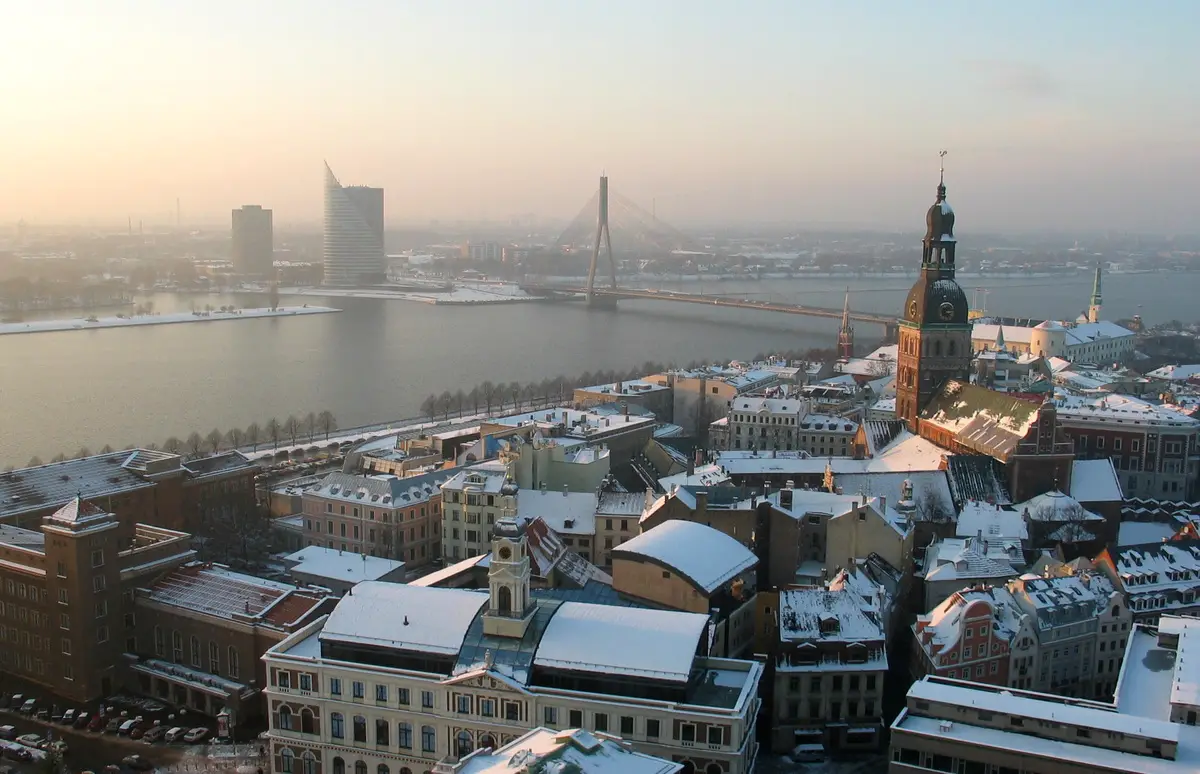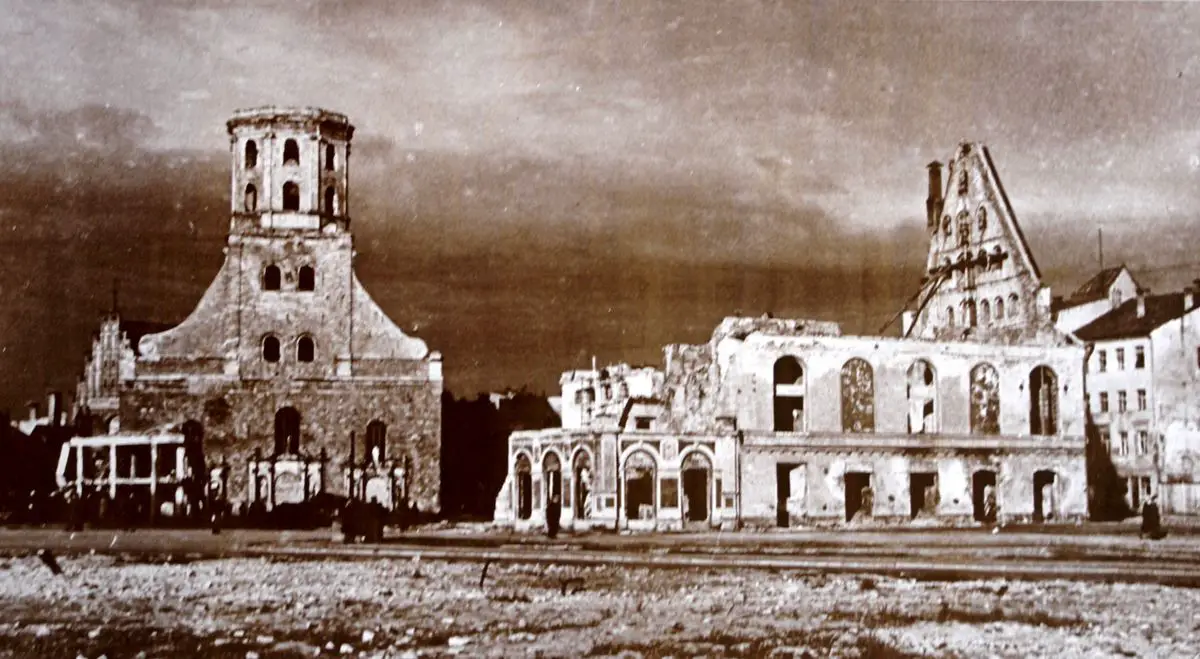World 🢖 Europe 🢖 Latvia 🢖 Vidzeme
Churches 🢔 Religious architecture 🢔 Architectural wonders 🢔 Categories of wonders
Wonder
Riga Saint Peter’s Church
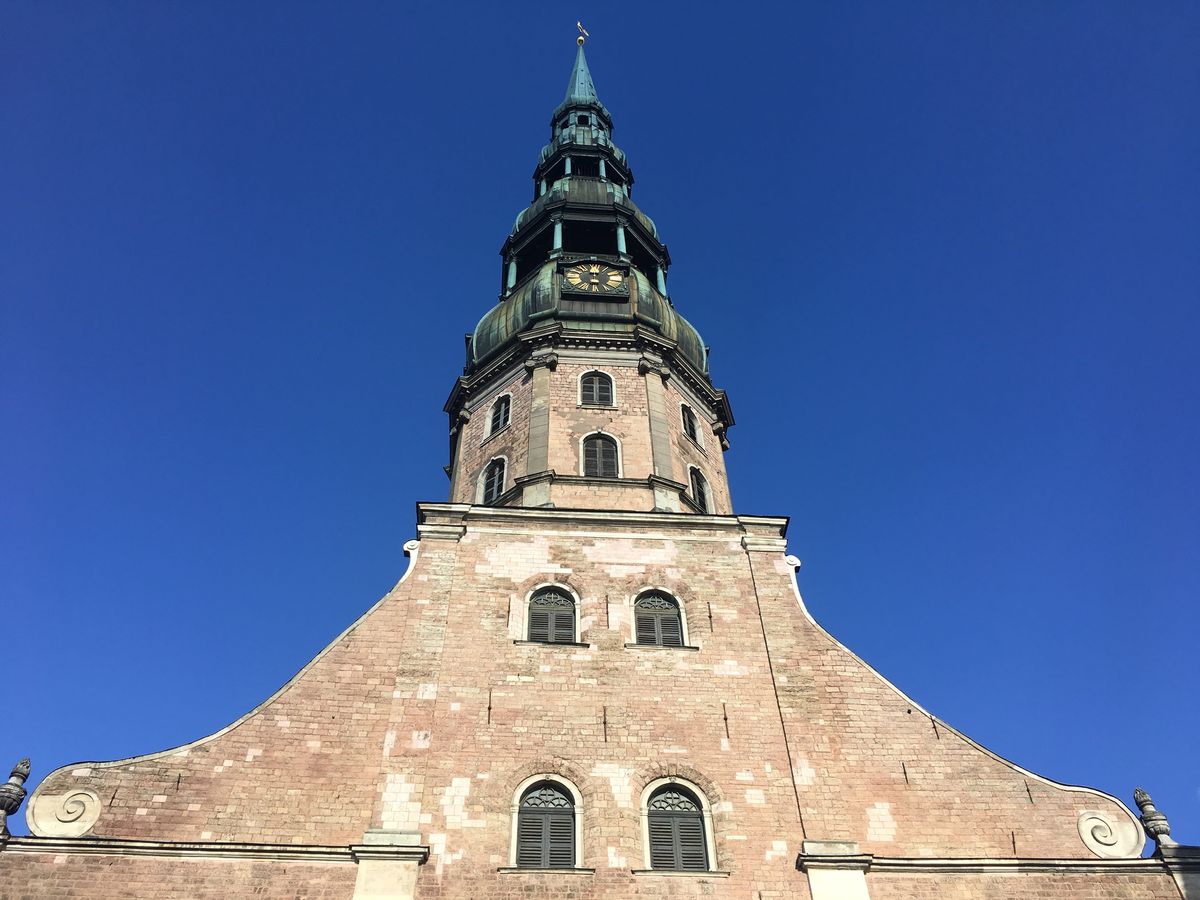
 In short
In short
One of the symbols of Riga is Riga Saint Peter’s Church – a large Gothic church with an unusually tall spire in Baroque style. In the 15th century, it was even taller – one of the tallest structures in the world.
61.1 %
GPS coordinates
Name in Latvian
Architectural style
Year of construction
Branch of Christianity
Height
UNESCO World Heritage status
Map of the site
If you see this after your page is loaded completely, leafletJS files are missing.
 In detail
In detail
Towers of three medieval churches in Old Riga rise tall above all other structures: St. James’s Cathedral (91.64 m), Riga Cathedral (90 m), and Saint Peter’s Church (123.25 m). While the first has experienced fewer adventures throughout its long life, the two last church buildings have seen a lot: eternal competition among their congregations, repeated collapses of their supertall towers (both in the medieval times were taller), and war damages.
Now the towers of these churches together with a group of smaller church towers define the unique skyline of Old Riga.
History of Saint Peter’s Church
Traditionally Saint Peter’s Church has belonged to Riga City – the city of international trade. For centuries it competed with another major power – the Archbishopric. Archbishopric had Riga Cathedral and Riga City – Saint Peter’s Church, thus through the size and architecture of these buildings both powers competed.
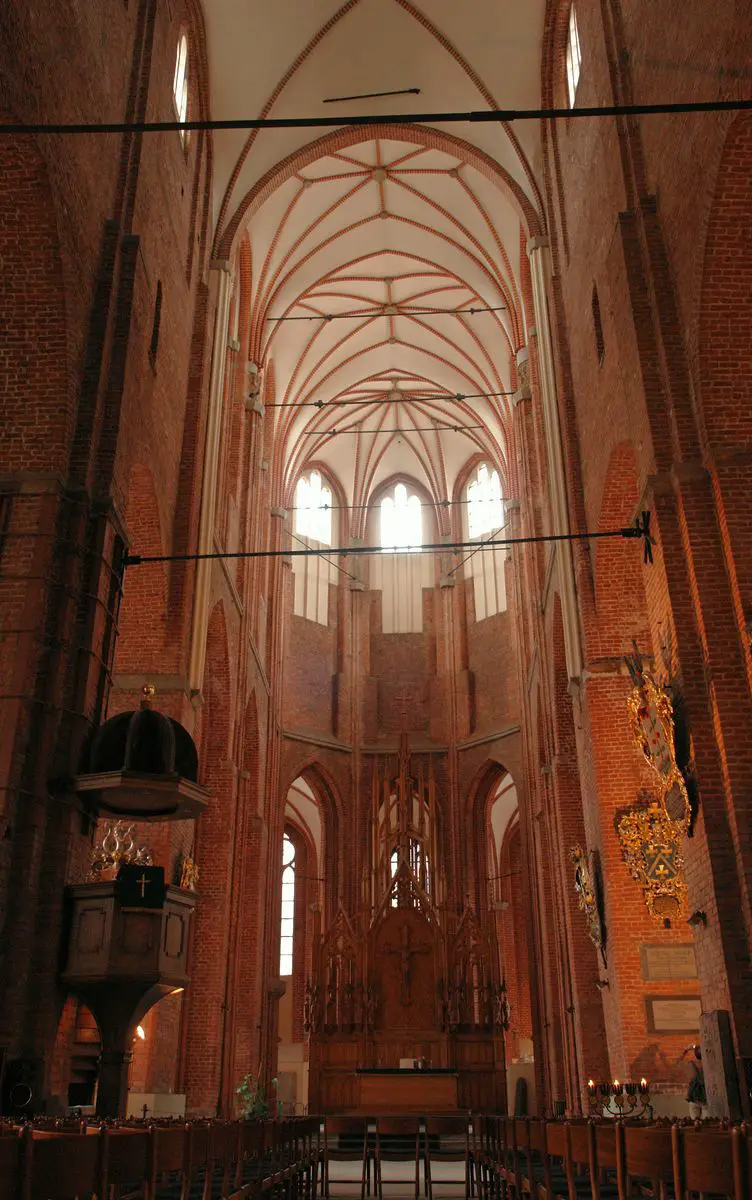
- 1209 – the church was mentioned for the first time, most likely in this year it was built. This was a Romanesque structure from stone with a separate tower. It is not quite clear if this church was exactly in the same place where the contemporary church stands.
- 1352 – first public clock on Riga installed in the tower.
- 1408 – 1409 – significant extension. Constructed the semicircular part around the altar, current Gothic vaults. Builder – Johannes Rumeschotel. Further works were stopped by war and then – the plague.
- 1456 – 1491 – further extension and construction. In 1491 was completed a pyramidal tower that was 136 m tall – one of the tallest structures in the world.
- 1524 – church was damaged during the riots by Lutherans. Altarpiece by Albrecht Dürer (1522) perished in flames. Catholics were expelled from the city and the church was transferred to Lutherans.
- 1666 – lightning hit the tower on 11th March (unusual time of the year!) and the 136 m tall structure collapsed over the city, killing eight people.
- 1671 – 1690 – the church was rebuilt. A new, 148 m tall, modern Baroque tower from wood was built and a beautiful facade was added. This is one of the highest achievements of the prolific, skilled Baroque architect Rupert Bindenschu (1645–1698). The tower had unusual, openwork construction, disliked by some of the contemporaries who considered that now the skyline of Riga is damaged forever. Currently, the silhouette of the tower is one of the unofficial symbols of Riga.
- 1721 – lightning hit the tower again, the church caught the fire and the tower again collapsed.
- 1743 – 1746 – the tower was rebuilt and now it was not so tall: “only” 120.7 m. This was the tallest wooden construction in Europe.
- 1767 – 1788 – the last student of J. S. Bach – Johann Gottfried Müthel – was the organist of the church.
- 29 June 1941 – church suffered heavily during the attack of the German Army, the fire ravaged and caused the collapse of the tower and roof.
- 1954 – 1973 – extensive restoration of the church. The tower was rebuilt. Metal constructions were used and now it is 123.25 m tall.
Description
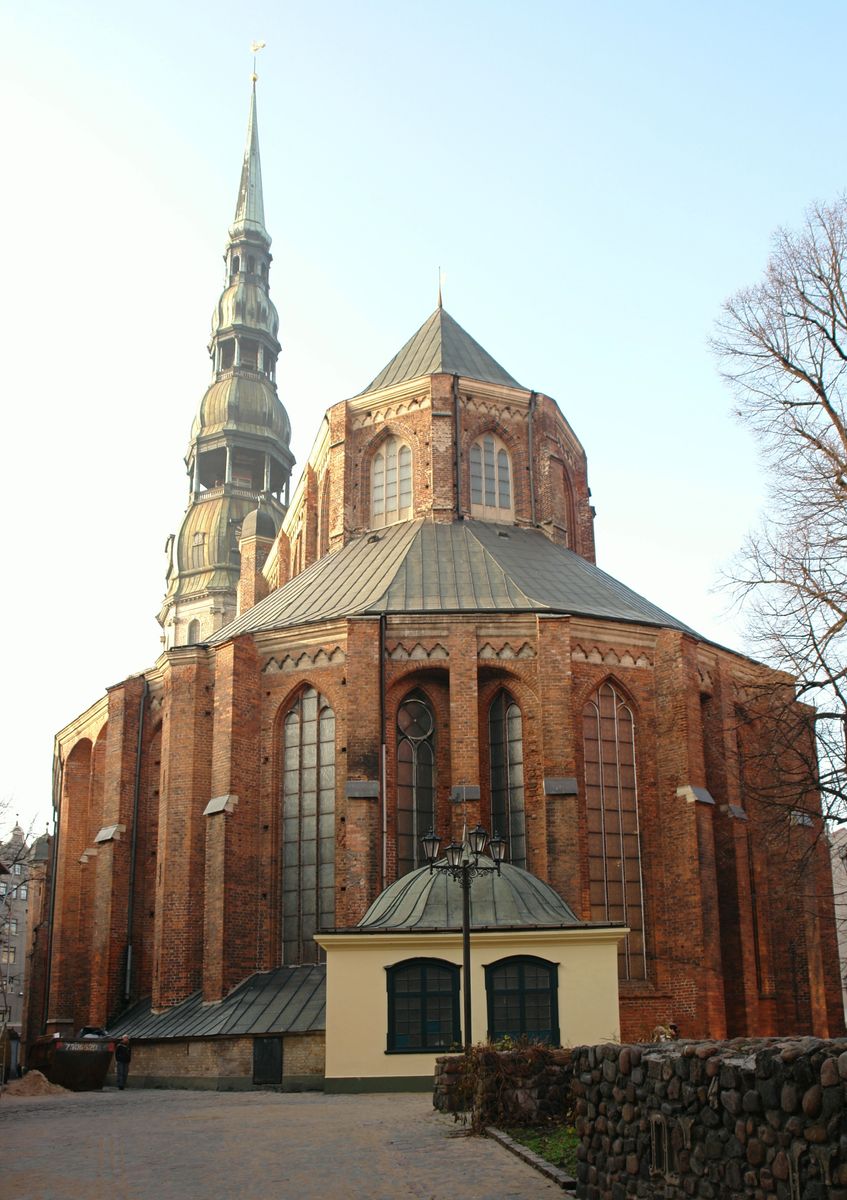
The main part of the church has retained its Gothic architecture. The ceiling with its Gothic arches is 30 m high and inside the church are tombs and crypts of once influential residents of Riga.
The tower of the church has the elegant, daring structural solution of several cupolas placed above each other. Cupolas stand on the columns. It is possible that the architecture of the tower was influenced by the Baroque towers of several churches in Hamburg, especially St. Catherine’s Church.
A famous feature of the church is its weather vane in a form of a large gold-plated rooster. Since the 15th century, there have been six such roosters and now there stands the seventh – an exact copy of the previous one. It is 2.1 m long and 1.53 m tall. The previous – sixth rooster (1690) is stored inside the church.
The main – western – facade was made from local limestone. It has three portals that were adorned with beautiful sculptures in the Baroque style. These sculptures were made from white limestone from Gotland Island.
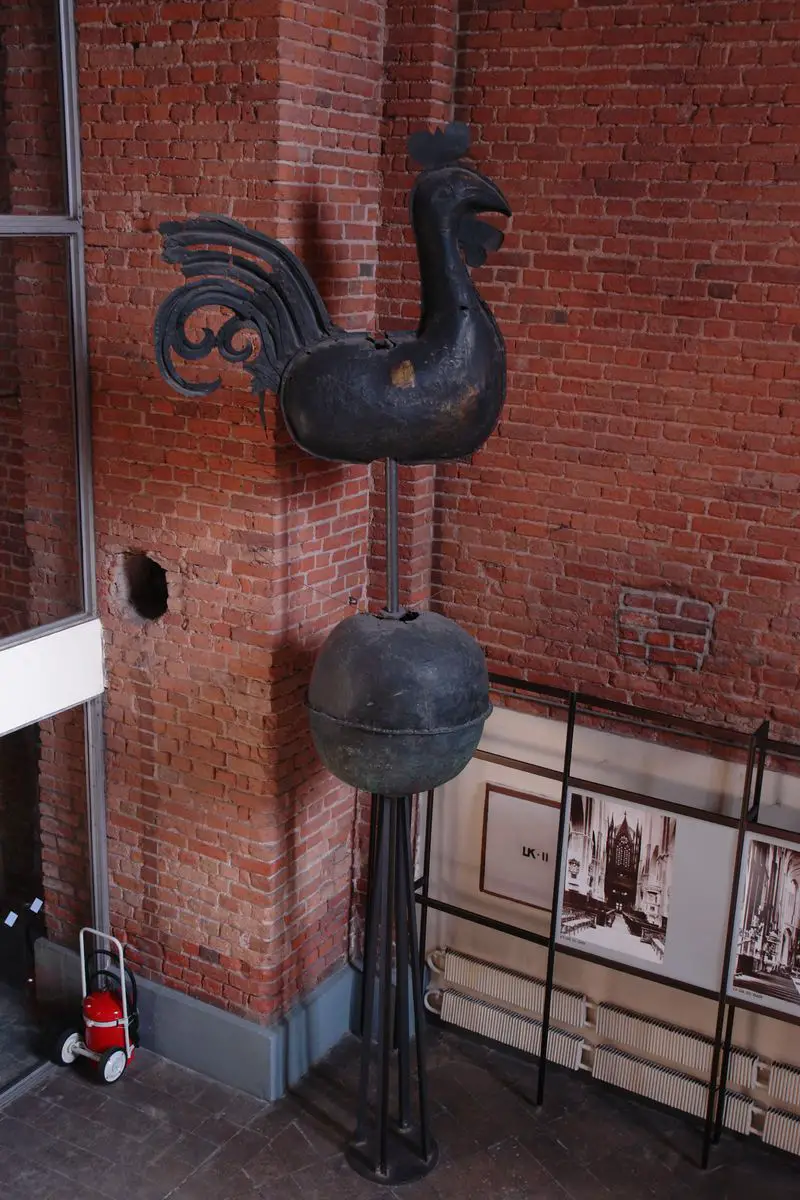
During the rebuilding in the 20th century there was installed an elevator in the church tower and tourists got the possibility to reach the observation platform at a height of 72 m. View across the enormous historical city is breathtaking.
Legend about the ghost of the Blue Guard
During the 18th century in Riga formed a voluntary guard of townspeople who guarded the city and influential citizens in it. This guard got a nickname – Blue Guard – and was deemed important enough to have their own crypt in Sant Peter’s Church (around 1743).
According to a legend on the night between 30th November and 1st December in the church appears a ghost – a deceased soldier of Blue Guard.
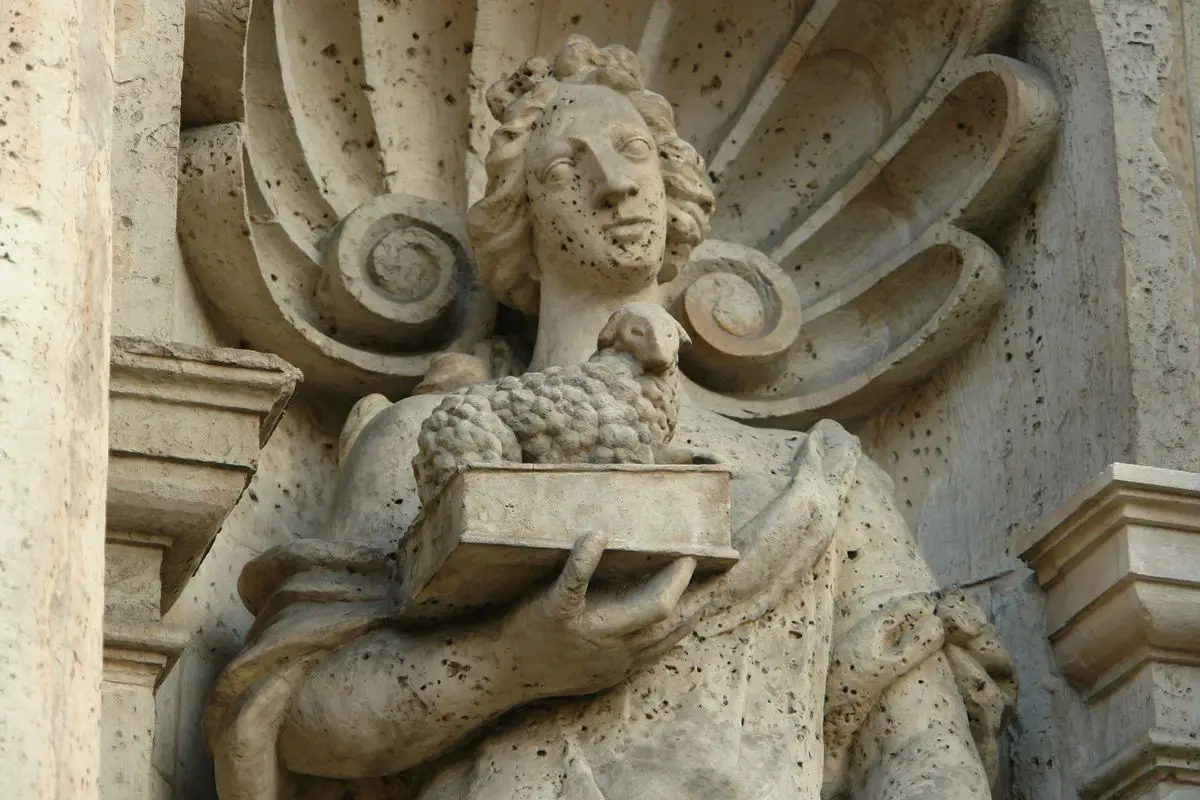
Legend about the ghost of the Blue Guard
During the 18th century in Riga formed a voluntary guard of townspeople who guarded the city and influential citizens in it. This guard got a nickname – Blue Guard – and was deemed important enough to have their own crypt in Sant Peter’s Church (around 1743).
According to a legend on the night between 30th November and 1st December in the church appears a ghost – a deceased soldier of Blue Guard.
References
- Vēsture, the official site of the Riga Saint Peter’s Church Management Board. Accessed on February 10, 2022.
- Ruperts Bindenšū, Latvijas mākslas vēsture. Accessed on February 10, 2022.
- Leģenda jeb spoku stāsts par Zilās Gvardes kareivja rēgu Svētā Andreja naktī, Melngalvju nams. Accessed on February 10, 2022.
 Linked articles
Linked articles
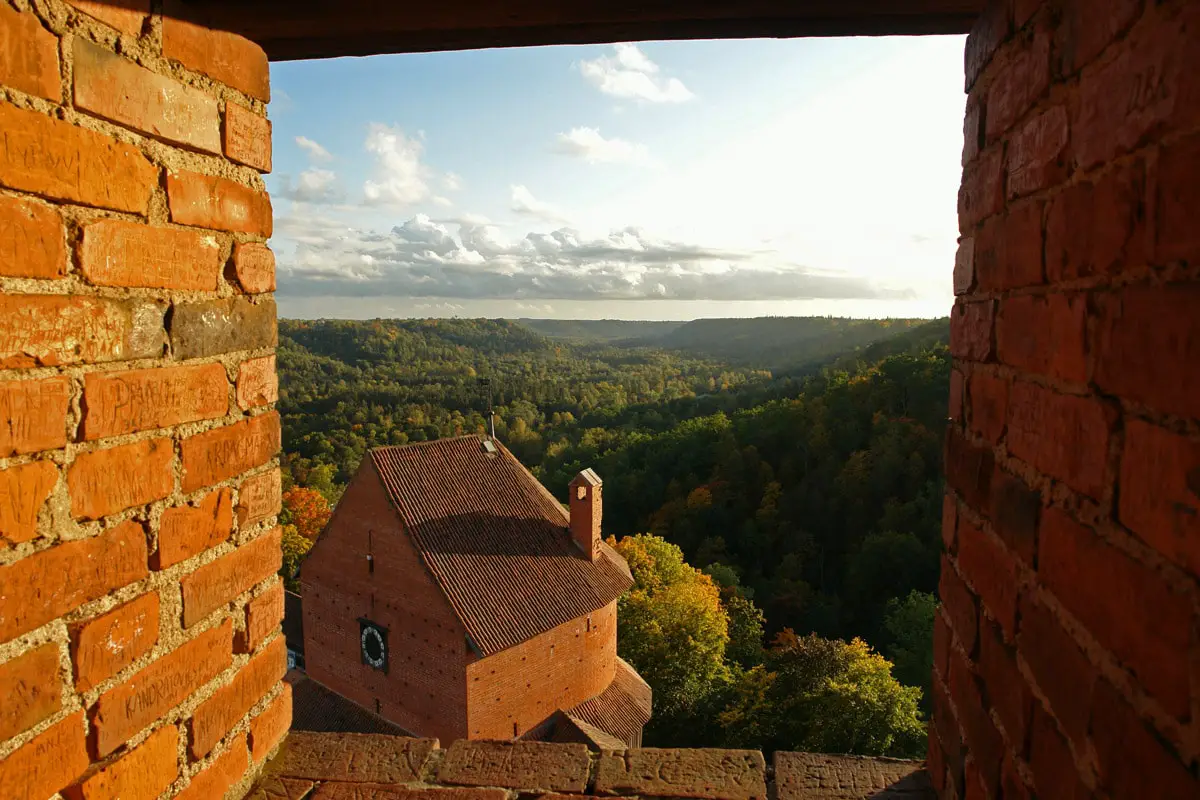
Wonders of Latvia
Highlights of Latvia are the rich architectural heritage in Riga City, numerous palaces, country houses, and castles.
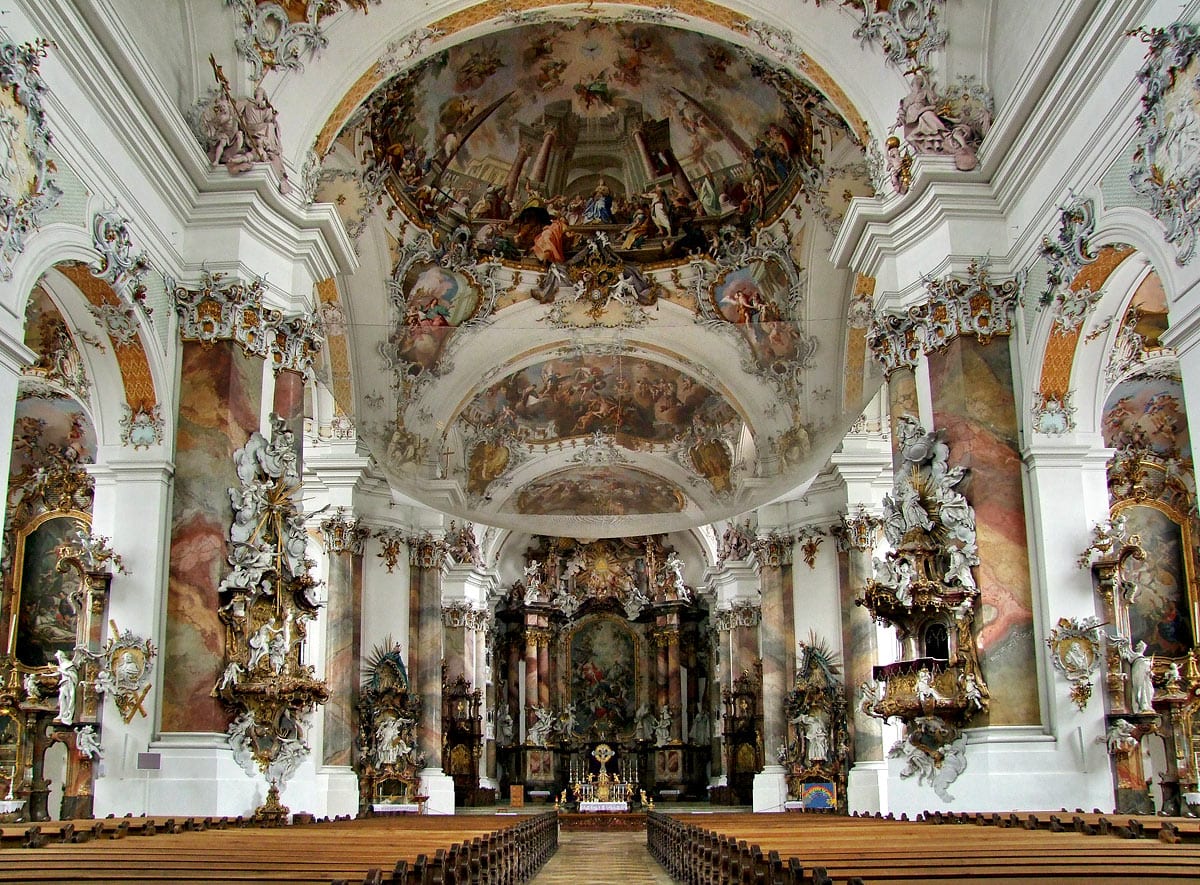
Churches
Throughout the millennia Christian churches have been the epitome of architecture and arts achievements in Western culture.
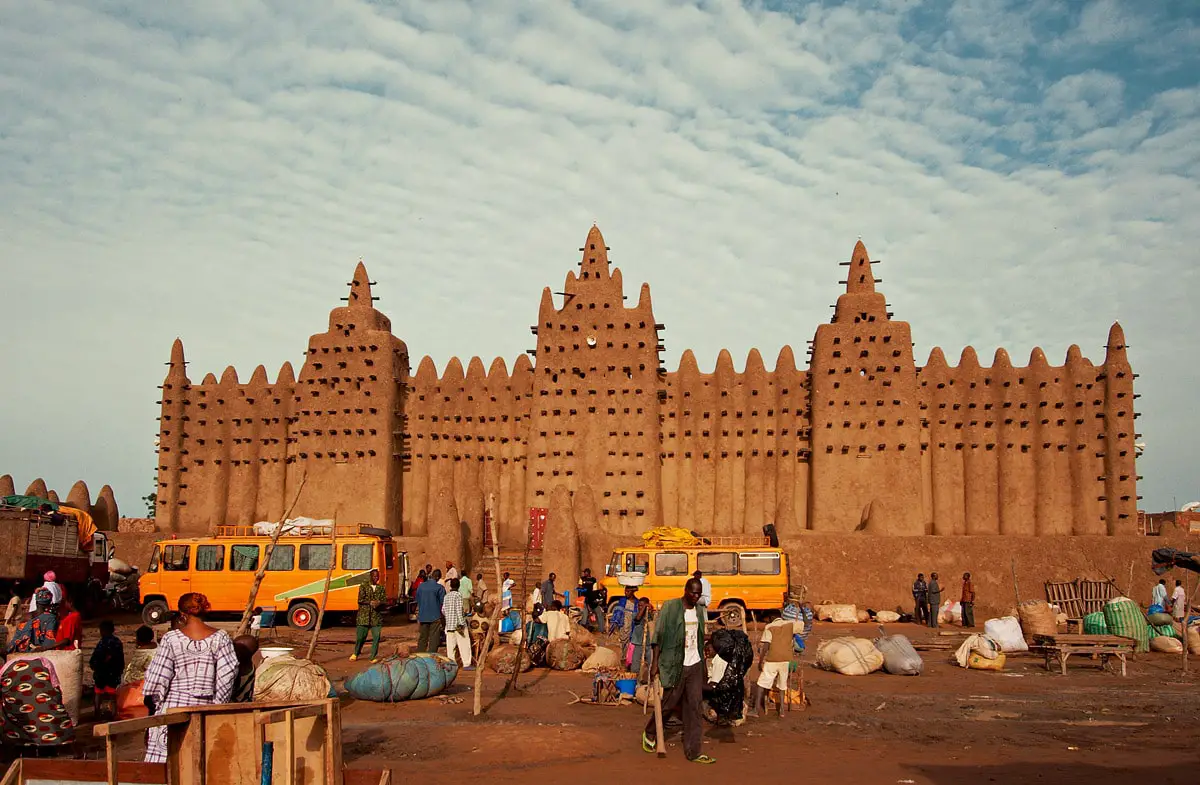
Religious architecture
Since ancient times human talents and skills have been expressed in religious architecture and arts, and traditions and rituals have evolved around pilgrimage sites. Religious buildings represent a major part of the highest achievements in architecture and crafts.
 Recommended books
Recommended books
The House of Hemp and Butter: A History of Old Riga
The House of Hemp and Butter begins in the twelfth century with the arrival to the eastern Baltic of German priests, traders, and knights, who conquered and converted the indigenous tribes and assumed mastery over their lands. It ends in 1710 with an account of the greatest war Livonia had ever seen, one that was accompanied by mass starvation, a terrible epidemic, and a flood of nearly Biblical proportions that devastated the city and left its survivors in misery.
A Companion to Medieval Art: Romanesque and Gothic in Northern Europe
This definitive reference brings together cutting-edge scholarship devoted to the Romanesque and Gothic traditions in Northern Europe and provides a clear analytical survey of what is happening in this major area of Western art history. The volume comprises original theoretical, historical, and historiographic essays written by renowned and emergent scholars who discuss the vibrancy of medieval art from both thematic and sub-disciplinary perspectives.

